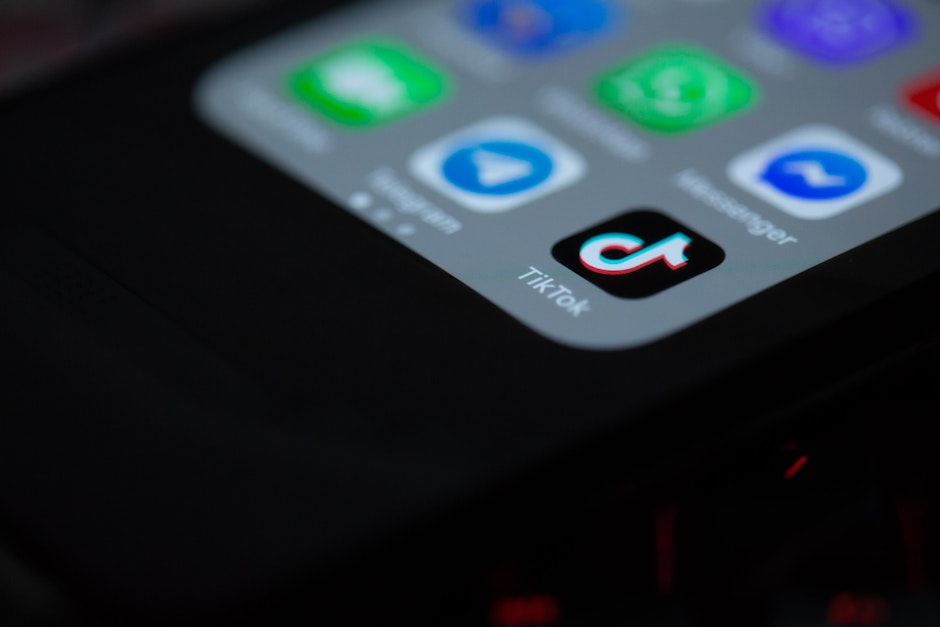TikTok is driving the cultural aesthetic – here's how brands can capitalize
TikTok is an incubator for creativity and trends

TikTok #couture (885.4m views) has become the internet’s most up-to-date source of both inspiration and analysis, remixing past decades of fashion with new subcultures to create aesthetics like #regencycore (18.3m views) and #balletcore (470.6k views).
Because of the way TikTok’s algorithm works, it democratizes the exposure of content, which means that it only takes one or two posts to go viral for a new aesthetic or style to become the next big thing overnight. It also means that there’s an even greater desire for brands to discover and tap into these trends as early as possible to get ahead of the cycle and their competitors.
The dizzying pace of change
TikTok has in essence become a forecasting tool, commenting on and amplifying online discourse at a dizzying pace and with real-life consequence. Nostalgia has been a key part of TikTok aesthetics for some time – reviving key fashions of the past and the cultural moments they played out in. Now, with certain trends, like mid to late 2000s Indie Sleaze coming back around, it’s not just about the fashion (think Hunter wellies, Converse, Barbour jackets), it’s a revival of the whole community, art and culture surrounding it that is spreading across social platforms, media and branding. For Indie Sleaze this includes amateur-style, in-the-moment photography, music mash-ups on TikTok, the return of a Tumblr/MySpace-era graphics style and a desire for playful, dishevelled hedonism post-pandemic.
TikTok isn’t just the place for starting aesthetics, it’s also acting as a place for commentary on them. Trend analyst and fashion writer Mandy Lee pointed out the return of Indie Sleaze when she uploaded a video to TikTok in October last year, citing an “obscene amount of evidence” to suggest the Indie Sleaze aesthetic was making a comeback. The clip now has over a million views and was picked up at the time by Dazed. But it wasn’t until early this year that the return of the Indie Sleaze trend was picked up by traditional media outlets like Vogue, GQ, Harpers Bazaar, Esquire, and many others, citing Lee as the source of a trend that represents “authentic genuine fun and freedom.”
From the commentary and creative content about aesthetics on TikTok to the real world relevance, we’re seeing brands get inspired and want in on the action. We saw a great example of this a year ago with the now iconic Harry Styles JW Anderson cardigan. Initially imitated by admirers in the TikTok creative community this was then amplified in a wonderful way when the brand released the pattern for all to enjoy, further fueling the conversation. Now, with a revived aesthetic like Indie Sleaze, Hunter, for example – a staple brand of the original era – is already starting to make a comeback to relevance with its recently launched limited-edition collaboration with the award-winning TV series Killing Eve, “inspired by the spirit of the show and its iconic style moments.”
A balancing act
So, with aesthetic trends starting on TikTok but moving on at rapid pace, how should brands look to get in on the craze?
Stay informed – as you’d keep abreast of trending music tracks and dance challenges on the platform, keep an eye on trending hashtags, especially those that are climbing rapidly in use and have been used most currently.
Keep it relevant – shoehorning your brand into a trend that doesn’t fit is going to look glaringly out of place, so keep in mind your ethos, values and audience. Being playful is a key part of TikTok’s success but don’t go too left field and risk being the butt of the joke. If your product is a natural fit for #goblincore or the coming resurgence of #gothcore then take advantage – but if your bright color palette and clashing prints more closely fit with the joyful expression of #dopaminedressing then embrace that trend.
Size isn’t everything – prioritize working with authentic creators in the platform who are already producing creative organic content around an aesthetic or movement. Subcultures are a key part of TikTok so it’s not all about those with the biggest following or number of likes.
Be conscious – whilst the TikTok trend cycle moves at rapid pace and some ultra-fast fashion brands are speedily producing garments to reflect the trends, there’s an environmental consequence which needs to be taken into consideration too. For most brands it’s not ethical or responsible to mass produce new product, so instead look to use what you have to organically tie in to trending content moments.
Brands must be careful how they align with these trends to ensure they are getting the right balance between style/aesthetic and the right social buzz – playing a part of the cultural conversation without sacrificing credibility or their sustainability credentials. As with all things, authenticity and alignment with values is essential.

